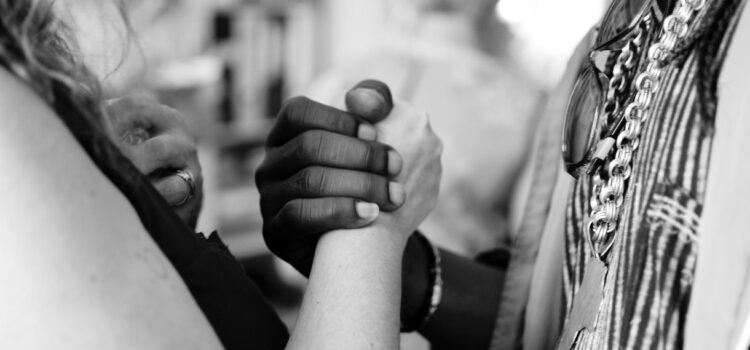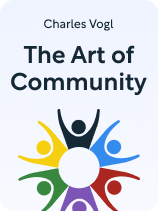

This article is an excerpt from the Shortform book guide to "The Art of Community" by Charles Vogl. Shortform has the world's best summaries and analyses of books you should be reading.
Like this article? Sign up for a free trial here.
Does your community have a sense of identity? Do you know how to build connections with others?
There are a few key characteristics that enhance connections between community members. In The Art of Community, Charles Vogl discusses the value of sharing community lore and explains how emblems and keepsakes foster a sense of belonging.
Find out how to build connections with others through these elements of communities.
Sharing Community Lore
According to Vogl, sharing community lore can help you build connections with others by helping members understand each other and their morals better. (Vogl calls this the Stories Principle). Typically, lore is shared via in-person conversations, but online communities can enable lore-sharing by giving members an opportunity to speak with each other virtually through text or video.
Vogl says there are three kinds of community lore:
Autobiographical lore (which Vogl calls personal stories) includes stories shared by individual members of the community about their own lives. Vogl explains that autobiographical lore is valuable because when members share their life stories, they get to know each other on a deeper level and develop more respect for each other’s tenacity in overcoming their individual struggles. Sharing autobiographical lore also builds trust and a sense of belonging within the community.
Foundational lore explains how the community came into existence and reveals the community’s moral code. Vogl says that foundational lore has three elements—it explains how members discovered something meaningful, accomplished something novel because of that discovery, and welcomed others to participate in perpetuating that process with them. Foundational lore should be accurate, but it doesn’t have to be literal—for example, religions often make use of foundational lore that’s best understood metaphorically, like creation stories.
Moral lore, according to Vogl, recounts examples of when a community came together to put their moral code into practice. For example, if a community believes in making sure all members have their financial needs met, members might share moral lore about a time when they pulled together the funds an individual needed to pay their bills. Vogl says that moral lore serves as proof that the community practices what it preaches and makes a meaningful difference in members’ lives.
Vogl also explains that it’s beneficial for communities to be vulnerable when they share lore. Based on psychologist Brené Brown’s work, Vogl defines vulnerability as a sense of emotional riskiness that occurs when someone might disapprove of what you say. He says that vulnerability strengthens community bonds because when you’re honest about your shortcomings and struggles instead of trying to maintain an image of perfection, it builds trust.
Fostering Belonging With Emblems and Mementos
Vogl explains that communities can use emblems—visuals like insignias, logos, and motifs—to foster a sense of belonging (he calls this the Symbols Principle). Emblems are metaphoric representations of a community’s moral code—for example, the US flag uses colors and symbols (stars and stripes) to symbolize the nation’s history and values (like unity and bravery). Vogl explains that emblems foster belonging because when you see them, you’re effortlessly reminded of what your community stands for and its significance to people’s lives.
According to Vogl, mementos are the most powerful form of emblems. Mementos are items bestowed upon members to keep. He explains that when one member of the community gives another member a memento, they’re signifying that the recipient is a valid and appreciated part of the community. When you’re the recipient, the memento serves as a reminder that you’re accepted and cared for. There’s no limit to what kind of item can be given as a memento as long as its meaning is clear—for example, a community of divers might give seashells to new members to mark their acceptance within the group, a group of recovering alcoholics might give members chips to mark their progress, and an online community might give out digital badges.
Vogl recommends imbuing mementos with meaning by following three steps: First, tell the recipient why they’re receiving this memento (for example, to celebrate a success). Then, tell the recipient what the memento means (for example, a seashell might represent the beauty of the ocean to a group of divers). Finally, tell the recipient the memento’s purpose (for example, reminding them that they belong).

———End of Preview———
Like what you just read? Read the rest of the world's best book summary and analysis of Charles Vogl's "The Art of Community" at Shortform.
Here's what you'll find in our full The Art of Community summary:
- The fundamental guidelines all communities should follow
- How to institute a community meeting place and set of customs
- How you can enhance belonging within your community






